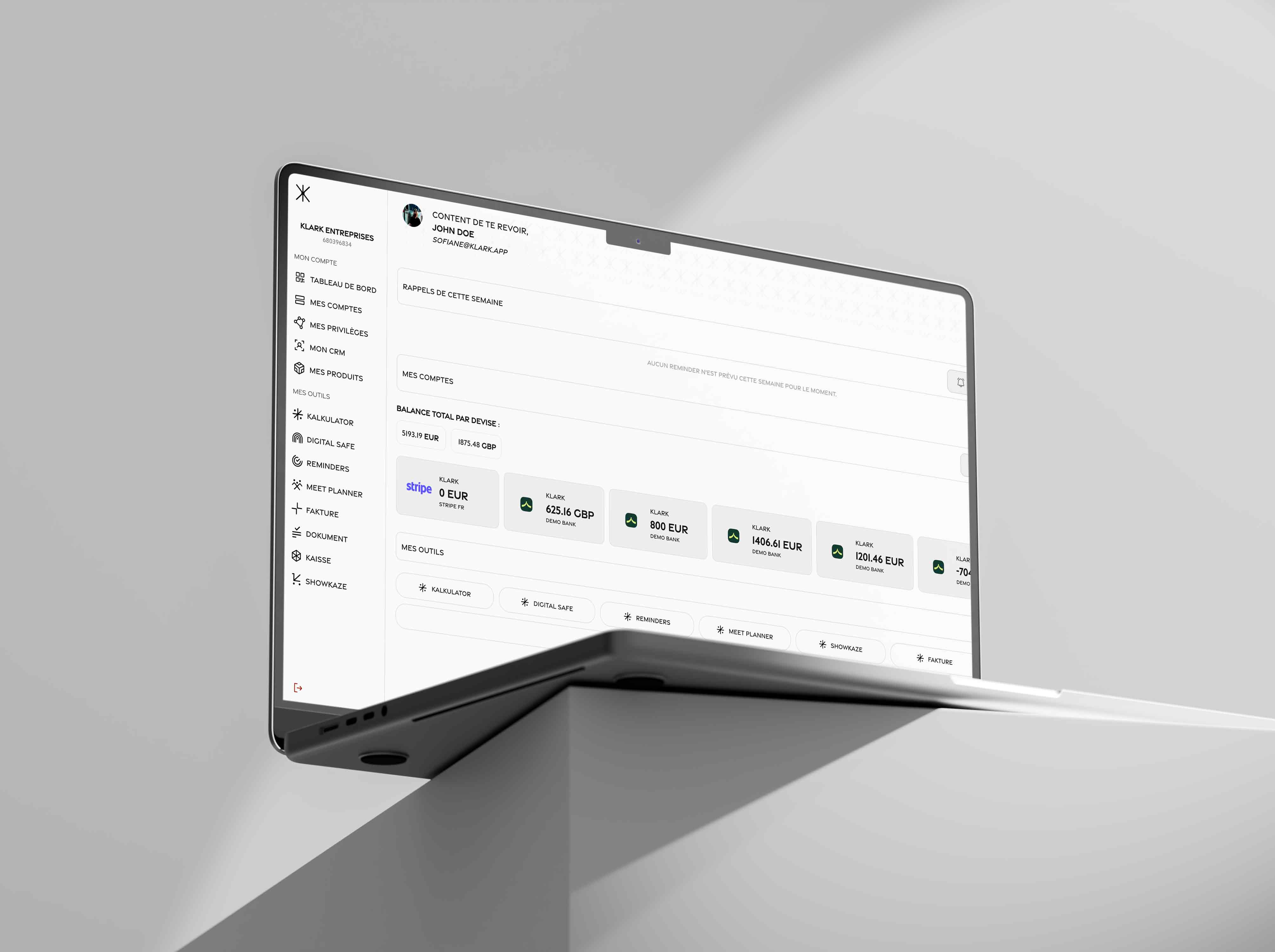
When you're a freelancer, freelancer, or small business owner, time is a scarce resource.
And yet, every month, hours are spent in Manual billing, tea Customer Reminders, or even the Payment tracking.
Automating these administrative tasks is not a luxury, it is a Strategic Step To become more efficient, professionalize your management and focus on what really matters: The Development of Its Activity.
Here it is 5 useful and accessible tools to automate your invoicing, reminders and customer follow-up.
Freelance cash flow forecasting: simple methods and smart tools
As a self-employed person, self-employed person or small business manager, you have surely already experienced this feeling of uncertainty in the face of Income Changes.
A profitable month can be followed by a blank month. The result: stress, hesitation in decisions, and sometimes an obstacle to the development of your business.
However, there are Simple Methods And Accessible tools For better Forecast your cash flow, even with irregular incomes. Here's how.
Why cash flow forecasting is crucial when working alone
Unlike employees, freelancers or freelancers do not benefit from a fixed income.
Forecasting your cash flow allows you to:
Visual management, with no visibility on future entrances/exits, is one of the main causes of fragility in small businesses.
Step 1: Know your fixed and variable expenses
Start by Identifying Your Recurring Business Expenses :
Then Add Your Variable loads : subcontracting, one-off purchases, marketing, travel, etc.
💡 Tip: also list your Minimum Personal Expenses, if you earn yourself through your activity.
Step 2: Categorize your income
Your earnings don't always come at the same time. It is therefore necessary to:
Even if the amounts are uncertain, it is best to have a Approximate projection That no projection at all.
Step 3: Visualize your cash flow month by month
With your estimated expenses and revenue, build a Monthly cash flow forecast table, over the next 3 to 6 months.
You can do this:
💡 Tip: highlight the Expected Balance at the End of the Month. This allows you to identify the “at risk” months and to plan a plan B.
Step 4: anticipate, adjust and smooth
Once your cash flow forecast is in place:
Smart Tools to Automate Cash Management
Here are some useful solutions to visualize and anticipate your cash flow:
Klark
The Management Cockpit Klark Aggregate your bank accounts, tracks your income and expenses, and allows you to visualize your real monthly flows.
The tool offers a Simplified and Clear Vision of your finances, with an interface designed for the self-employed.
Fygr
A 100% cash-oriented tool, Fygr allows you to connect your accounts and create forecasts based on real flows.
Ideal for modeling multiple scenarios.
Agicap
Solution more oriented to SMEs, but usable by some freelancers for finer monitoring, with forecasts and visual analyses.
In summary
Forecasting your cash flow won't make you rich... but it will avoid unpleasant surprises.
And above all, it will give you the Confidence Needed to Act, Invest, or Take a Break When Needed.
-> Whether you are at launch or already well launched, Put your forecast And equip yourself with the right tools to manage your business In conscience.

To reduce errors, save time, improve customer responsiveness and avoid missed payments.

Zapier, Make, CRM modules that include automatic reminder, SaaS billing platforms, and Klark to centralize.

Ease of use, connectivity with your existing tools, reliable notifications, reasonable cost according to your volume.

Klark offers reminders, payment tracking, quotes/invoice tools, and helps automate certain administrative steps.